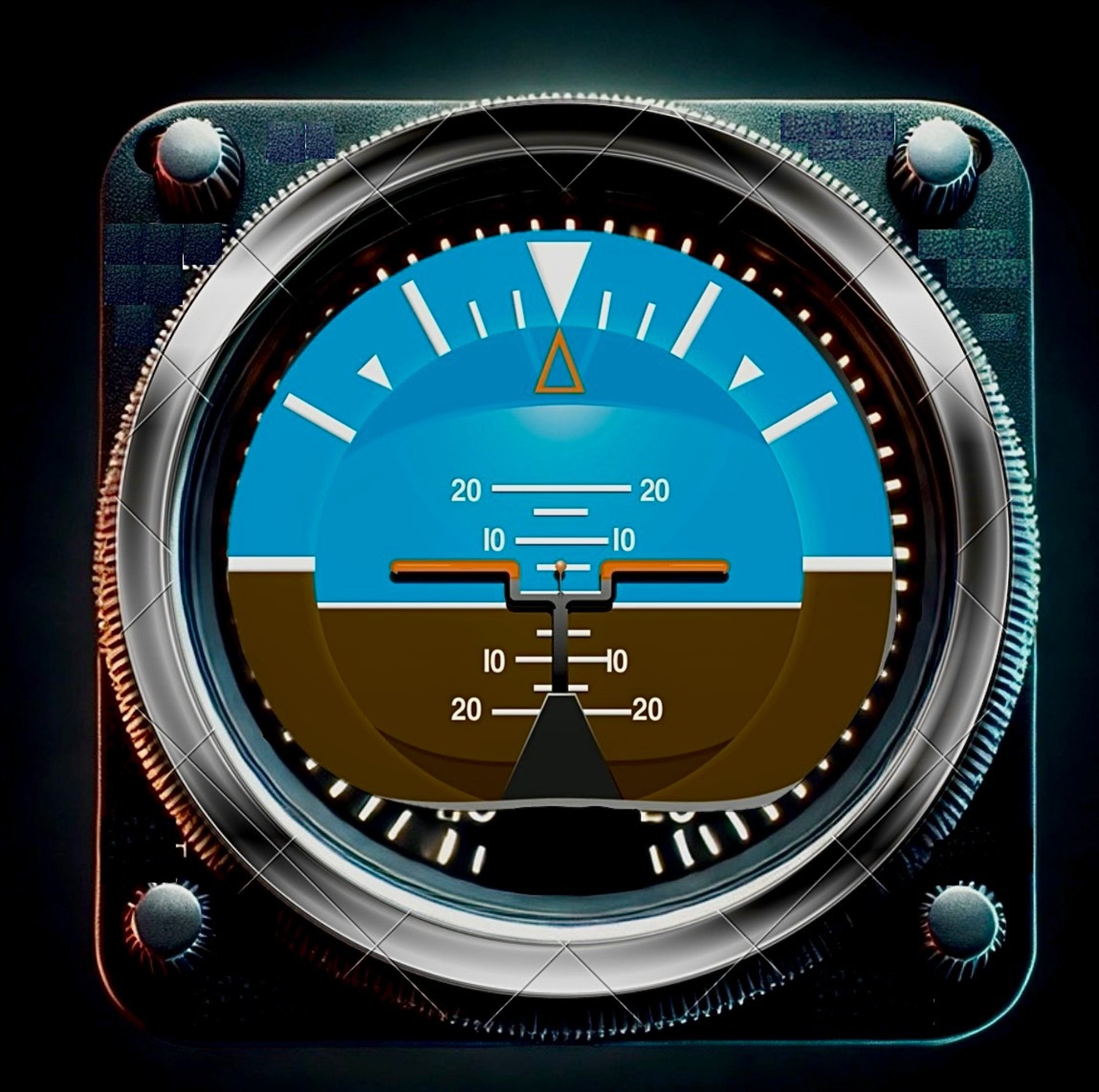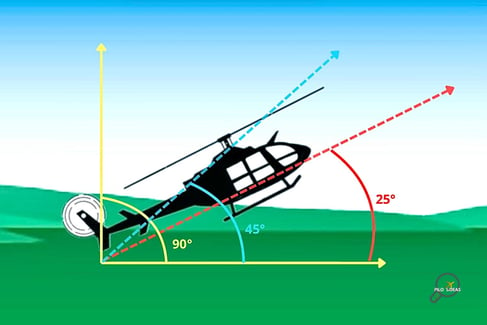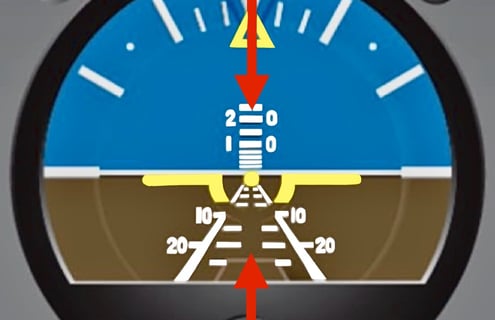
Known Your Attitude Indicator Limits: A Critical Factor in IIMC Survival
A 2013 Eurocopter AS350 accident in Alaska exposed a hidden flaw: Some Attitude Indicators do not display pitch beyond ± 25 Degrees. The FAA´s Safety Alert For Operations (SAFO 17008) highlights this issue, warning pilots that certain Attitude Indicators ¨PEG¨ or provide false indications beyond their designed limits.
Inadvertent entry into Instrument Meteorological Conditions (IIMC) is one of the most dangerous situations a pilot can encounter. It requires an immediate transition to instrument flight, making the attitude indicator (AI) your primary reference for maintaining the aircraft control. But what if your AI isn’t telling you the truth?
A 2013 Eurocopter AS350 accident in Alaska exposed a hidden flaw: some attitude indicators do not display pitch beyond ± 25°. The FAA’s Safety Alert for Operators (SAFO 17008) highlights this issue, warning pilots that certain attitude indicators “peg” or provide false indications beyond their designed limits.
It’s easy to assume that unusual attitudes, beyond 25° pitch, only occur in extreme situations. However, consider a common maneuver like a rapid deceleration or quick stop during training. A well-executed quick stop can momentarily pitch the aircraft nose-up close to or even beyond 25°. In such cases, an AI meeting only the minimum TSO standard may no longer provide accurate information.
Now, imagine encountering IIMC and needing to recover from an extreme unusual attitude. If your AI fails to display the actual pitch, it could mislead you at the worst possible moment.
The Hidden Risk in Some Attitude Indicators
Many pilots assume their Attitude Indicators will always provide an accurate depiction of the aircraft’s attitude. However, not all Attitude Indicators are created equal, so they will not provide the same level of accuracy and reliability. According to FAA Technical Standard Order (TSO) C4C, an AI only needs to display:
• Pitch: ± 25°
• Bank: ± 100°
Compare this to the recommendations in Pilot’s Handbook of Aeronautical Knowledge (PHAK):
• Pitch: 60° - 70°
• Bank: 100° - 110°
If you exceed ± 25° pitch using an AI that only meets the minimum TSO standard, you risk losing reliable pitch information.
• Pegging at 25° pitch up or down, misleading you to thinking the aircraft is still within normal limits.
• Tumbling or freezing, resulting in completely erroneous bank and pitch indications.
• Loss of Situation Awareness, specially in IIMC, where the AI is a primary reference.
In a IIMC scenario, where survival depends on reliable instruments, an inaccurate AI can quickly lead to loss of control.
What Can You Do?
1.Know Your Equipment:
• Identified your aircraft’s attitude indicator make and model.
• Research its pitch and bank limits, especially if it’s based on older certification standards (e.g., TSO C4C).
• If your AI only displays ± 25° pitch, be aware that it might fail you in extreme attitudes.
2. Improve Your IIMC Training
• Ensure your IIMC recovery training accounts for instrument limitations.
• Use flight simulators or devices like ICARUS to safely simulate the disorientation of an AI failure.
• Train on supporting bank instruments so that if the AI fails, you can maintain situation awareness.
3. Consider Upgrading Your AI
• Modern TSO’d electronic flight instruments often provide larger pitch ranges and backup features.
• Glass cockpits with synthetic vision can give you more accurate attitude references in extreme conditions.
Final Thoughts
This issue isn’t just theoretical, it has already led to accidents. As a pilot, understanding your aircraft’s limitations is just as important as mastering your flying skills. IIMC survival depends on trustworthy instruments, but that trust can only exist if you know what your instruments can and cannot do.
Have you checked your attitude indicator’s limitations?
By Jeiser Medina
Mar 17, 2025




